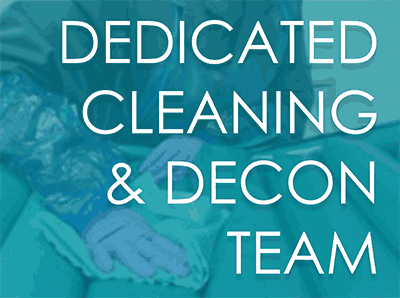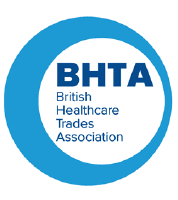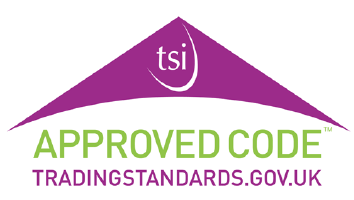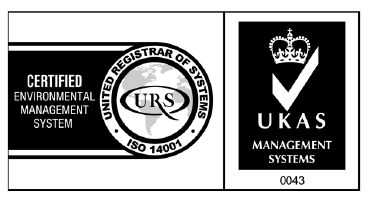The UK Office for National Statistics says that improvements in lifestyle and healthcare mean the UK’s population is getting older. In 1976, 14% of the UK’s population was aged 65 or over but projections suggest that this figure will rise to nearly 25% by 2046 [1]. As this trend continues, so too does the pressure this puts on nursing and care home places. It also places increasing demands on care home staff. The Royal College of Nursing survey, which specifically looked at the care home sector, suggests that there are a number of themes emerging as a result [2].
- The complexity of health issues and level of dependency of those entering care is increasing. Due to financial pressures, care establishments accept people that they do not have the resources and expertise to cope with.
- A shortage of nursing staff means that often care establishments are struggling to cope with these increasing care needs.
- Inappropriate equipment means that nurses feel it’s difficult to do their job properly.
- The quality of care can be compromised as a result of the above issues.
All these issues can directly influence the likelihood of a pressure ulcer developing. Clinical judgement, regular assessments and repositioning, as well as having the right pressure relieving support surface, are key tools to pressure ulcer prevention. Clearly, ensuring the right measures are put in place to prevent pressure ulcers can be difficult, but it needs to be remembered that most pressure ulcers are avoidable and should they develop as a result of neglect, can lead to prosecution [3] [4]. Preventing pressure ulcers in nursing homes and care homes is largely dependent on giving staff the knowledge, resources and right procedures to follow.
Giving Staff the Right Level of Knowledge
 Ensuring staff have the right level of knowledge on pressure ulcers in key. They need to know how pressure ulcers develop and who is most at risk. This involves understanding how to assess patients and what measures they can take to reduce the risk.
Ensuring staff have the right level of knowledge on pressure ulcers in key. They need to know how pressure ulcers develop and who is most at risk. This involves understanding how to assess patients and what measures they can take to reduce the risk.
A recent Scottish initiative has developed some very useful tools and resources designed specifically for the care home sector [5]. These resources concentrate on recognising a pressure ulcer, reporting a pressure ulcer and how best to respond to the situation.
Take a look at these resources >>
Procedures and Documentation
Ensuring that the right procedures, protocols and documentation are in place is also imperative. Putting procedures in place gives structure to staff knowledge. Accurate record keeping and documentation allows for full transparency. Staff should know what they should be doing, how often and within what time frame. On finding a pressure ulcer, all staff should know the procedure for escalating the issue.
NICE has specific recommendations on risk and skin assessment and care planning that are a great starting point [6]. They have also created a range of tools and resources for you that can be easily adapted to fit the needs of your care or nursing home [7].
The SSKIN Bundle
An easy way to remember the important issues and preventative measures surrounding pressure ulcers is by using the acronym SSKIN. Crucial to the successful implementation of the measures advocated, care homes need to have supporting training, documentation and procedures, as already mentioned. Such measures can help engage staff and change attitudes towards understanding that most pressure ulcers are avoidable [8]. This can have a positive outcome for everyone; the cared for, carer and the care provider.
|
S |
SURFACE – Make sure your patients have the right support |
| S | SKIN Inspection – Regular inspection will detect any problems and allow for early intervention |
| K | KEEP Moving – Make sure your patients are repositioned regularly |
| I | INCONTINENCE or moisture – Your patients need to be kept clean and dry. Promote good skin care regime |
| N | NUTRITION and hydration – Ensure patients have plenty of fluids and are getting the right diet |
References:
[1] UK Office for National Statistics (2017) ‘Overview of the UK population: July 2017’ [Online]. Available at https://www.ons.gov.uk/peoplepopulationandcommunity/populationandmigration/populationestimates/articles/overviewoftheukpopulation/july2017 [2] Royal College of Nursing (2010) ‘Care Homes Under Pressure – an England report’ [Online]. Available at https://matrix.rcn.org.uk/__data/assets/pdf_file/0006/314547/Policy_Report-Care_Homes_under_pressure_final_web.pdf [3] The Telegraph (2015) ‘Police investigate neglect claims following death of care home pensioner’ [Online]. Available at http://www.telegraph.co.uk/news/health/news/11442024/Police-investigate-neglect-claims-following-death-of-care-home-pensioner.html [4] The Independent (2016) ‘Care home owner jailed after elderly woman ‘left emaciated and soaked in her own urine due to neglect’ [Online]. Available at http://www.independent.co.uk/news/uk/crime/care-home-owner-jailed-after-elderly-woman-left-emaciated-and-soaked-in-her-own-urine-due-to-neglect-a6856941.html [5] Reducing Pressure Ulcers in Care Homes (2017) [Online]. Available at http://www.pressureulcer.scot/?page_id=228 [6] NICE (2014) ‘Pressure Ulcers: Prevention and Management’ [Online]. Available at https://www.nice.org.uk/guidance/cg179/chapter/1-Recommendations#prevention-adults [7] NICE (2014) ‘Pressure Ulcers: Prevention and Management’ [Online]. Available at https://www.nice.org.uk/guidance/cg179/resources [8] Independent Nurse (2914) ‘Do no harm: reducing pressure ulcers in a care home setting’ [Online]. Available at http://www.independentnurse.co.uk/clinical-article/do-no-harm-reducing-pressure-ulcers-in-a-care-home-setting/64539/








